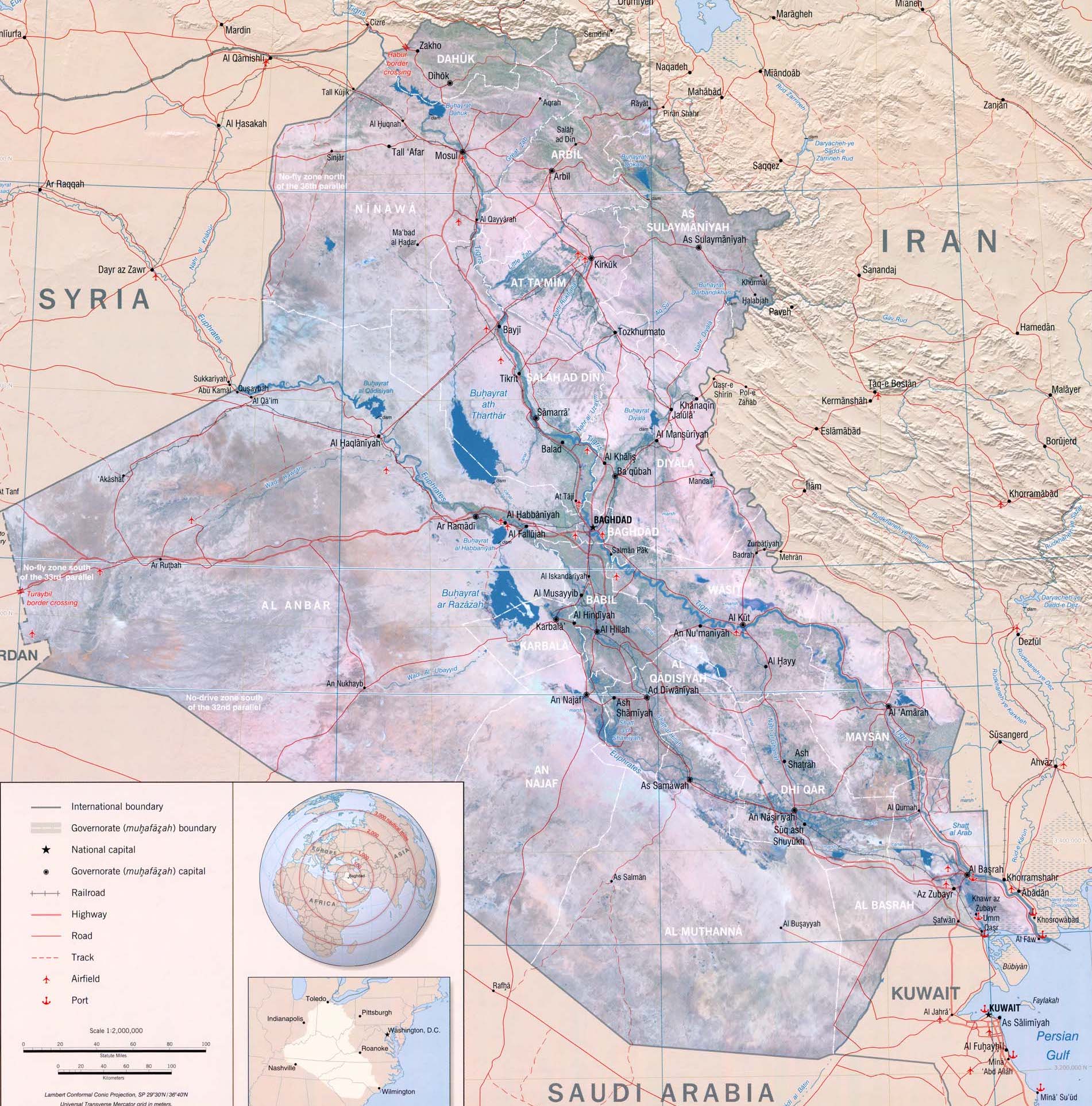Baby Milk Factory Bags



On January 21, 1991, a U.S. led coalition dropped bombs on a “baby milk factory” outside of Baghdad. Although the roughly painted sign in front of the building (in English and Arabic) said Baby Milk Factory, the U.S. military claimed it was a biological weapons plant. The building was painted in camouflage paint and under armed guard with a block wall surrounding the perimeter.
CNN reporter Richard Roth had filed a story at the location back in August of 1990. At that time they were producing powdered baby formula. After the factory was bombed, CNN and Peter Arnett returned to the site. There was the same formula on a production line and in packages spread all around the factory floor. Another journalist on the same visit found milk cans blown around the complex and a destroyed desk with paper inside describing financial problems at the baby milk factory.
Arnett filed a report explaining that he saw baby milk formula, but he wasn’t able to find evidence of biological weapons. He was heavily criticized by politicians and others in America who felt he was anti-U.S. military. In 1995, Saddam Hussein’s son-in-law, Hussein Kamel, defected to the U.S. and confirmed to authorities that the facility was not a biological weapons plant, identifying three other locations where such operations did exist.
For several years after the war, Peter used to carry samples of baby milk formula to some of his Gulf War speeches. When his speech came to the part about the baby milk factory, he would stir in a bit of baby milk formula into his coffee and take a drink and then make some comment about “no biological weapons here . . . !”

